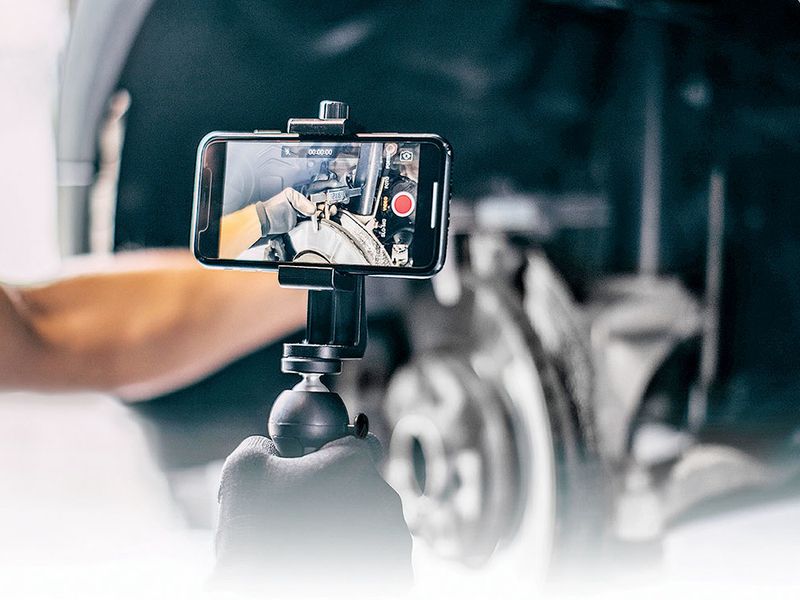
A digital service program introduced on the eve of the pandemic helped propel Mini to the top of a key industry dealership service satisfaction metric this year.
Invisible Service, launched in late 2019, enables the brand’s service advisers to communicate with customers via instant message and accept digital payments.
The technology platform, also used by parent BMW, allows technicians to share videos to show customers the need for recommended vehicle work, such as replacing worn brakes, dirty air filters or damaged suspension parts.
The videos helped the brand build customer trust, Mini USA sales and operations chief Claude Bruni told Automotive News last week.
“Service keeps customers,” Bruni said. “The first car is sold by sales, and the second or third car is sold by service.”
So far, 53 percent of Mini’s 116 U.S. dealers have adopted the Invisible Service program.
Mini credited the program with helping it score the highest among mass-market brands in J.D. Power’s 2021 U.S. Customer Service Index Study — 864 out of 1,000 points — an increase of 28 points from the prior year.
The tech videos solve a customer pain point, dealers said.
A major concern consumers have with auto repair is not knowing whether the recommended work is really needed, said Michael Coleman, vice president of operations at Priority 1 Automotive Group, which operates a Mini store in Towson, Md.
“It doesn’t matter if they’re going to Honest Abe’s Garage & Repair or they’re going to a luxury car dealership,” Coleman said. “But when they see a video of the technician pointing out an oil leak or a bent control arm, it creates confidence.”
The videos give the customer a “peek behind the curtain,” Bruni said.
“Having the technician walk through the inspection process is almost as good as being there live,” he said.
Mini of Portland in Oregon requires that at least 85 percent of repair orders include a technician video.
“The customer doesn’t feel like they are at a disadvantage, and the technician has to show evidence of what’s going on,” General Manager Mike Ruef noted.
Invisible Service is powered by myKaarma, a Long Beach, Calif., vendor that provides communications and digital payments software to dealers. MyKaarma tracks, manages and hosts the communications and videos on the platform.
The software package costs Mini retailers $939 a month, and the brand covers some of that cost, based on utilization.
“One or two [repair orders] can cover the cost of the subscription,” Bruni said.
In a little over a year, the Invisible Service platform has had a measurable effect on Mini dealership operations and balance sheets.
Repair order time fell 26 percent, while customer-pay revenue rose 24 percent, Mini said. Faster repairs have cut loaner car use by 23 percent, allowing dealers to maintain smaller fleets and improve profitability.
Customer-pay revenue at Priority 1’s Mini store increased 22 percent with Invisible Service.
The additional service work is especially important for Mini dealers as the brand struggles to grow market share. It reported sales of 28,138 last year, down 22 percent from 2019 and off 46 percent from 2016.
The lack of new-vehicle sales is “impacting our maintenance business and our warranty business dramatically,” Mini of Portland’s Ruef said.
“We needed something to replace that revenue to keep our store profitable.”

